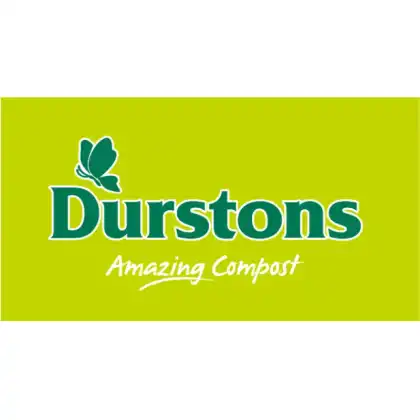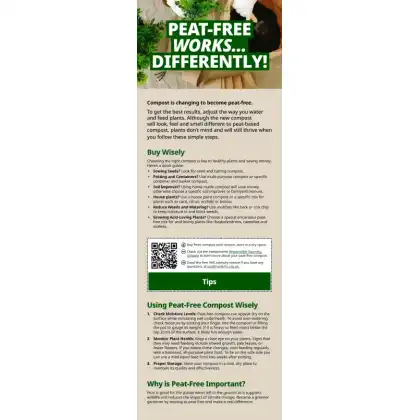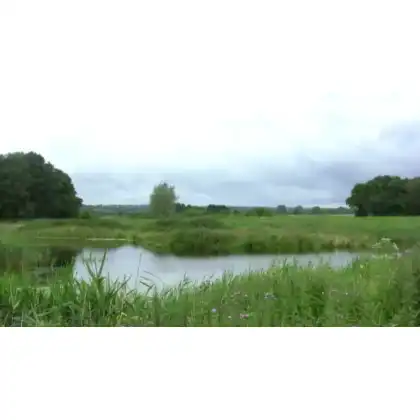
Welcome to the Durston Garden Products Media Centre
Peat Free Guide
Peat is great for the planet when left in the ground as it supports wildlife and reduces the impact of climate change. Become a greener gardener by moving to peat free and make a real difference. • Sowing Seeds? Look for seed and cutting compost. • Potting and Containers? Use multi-purpose compost or specific container and basket compost. • Soil Improver? Using home-made compost will save money otherwise choose a specific soil improver or farmyard manure. • House plants? Use a house plant compost or a specific mix for plants such as cacti, citrus, orchids or bonsai. • Reduce Weeds and Watering? Use mulches like bark or coir chip to keep moisture in and block weeds. • Growing Acid-Loving Plants? Choose a special ericaceous peatfree mix for acid loving plants like rhododendrons, camellias and azaleas. 1. Check Moisture Levels: Peat-free compost can appear dry on the surface while remaining wet underneath. To avoid over-watering, check moisture by sticking your finger into the compost or lifting the pot to gauge its weight. If it is heavy or feels moist below the top 2cm’s of the surface, it likely has enough water. 2. Monitor Plant Health: Keep a close eye on your plants. Signs that they may need feeding include slowed growth, pale leaves, or fewer flowers. If you notice these changes, start feeding regularly with a balanced, all-purpose plant food. To be on the safe side you can use a mild liquid feed from two weeks after potting. 3. Store your compost in a cool, dry place

Peat Free Compost
- Durston Garden Products
- 17/03/2025
- 2160 x 6200 px
- 1.1MB

Peat bog
- Durston Garden Products
- 17/03/2025
- 1670 x 938 px
- 116.5KB